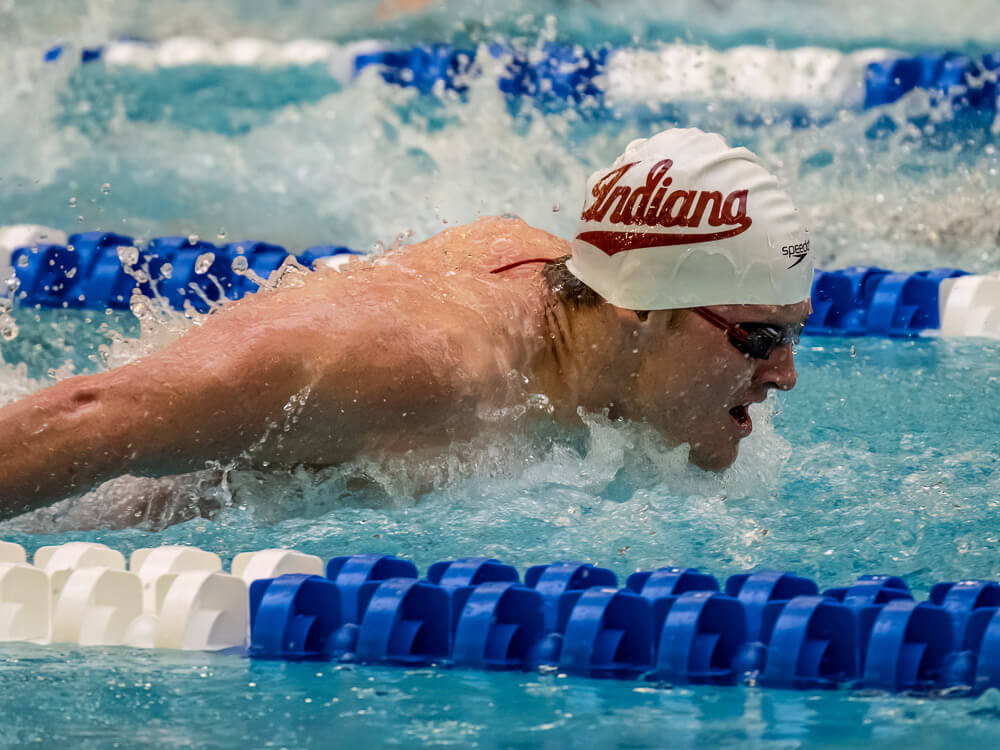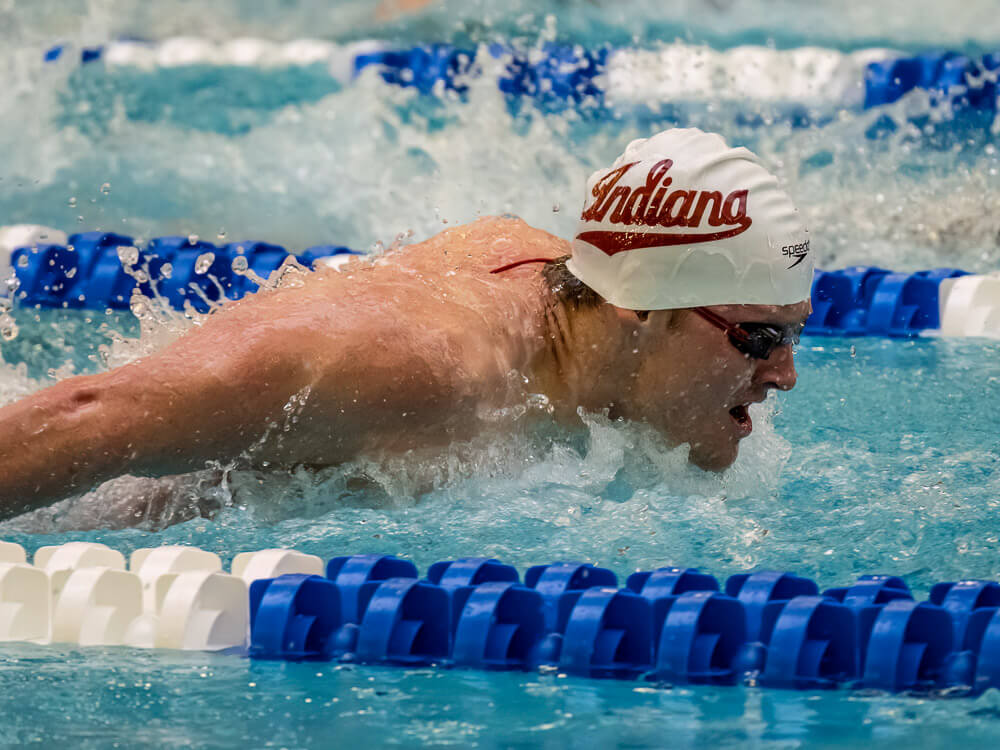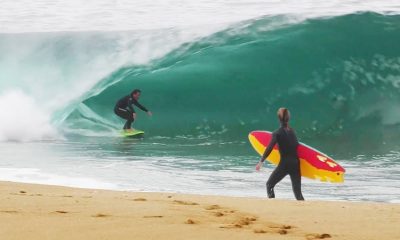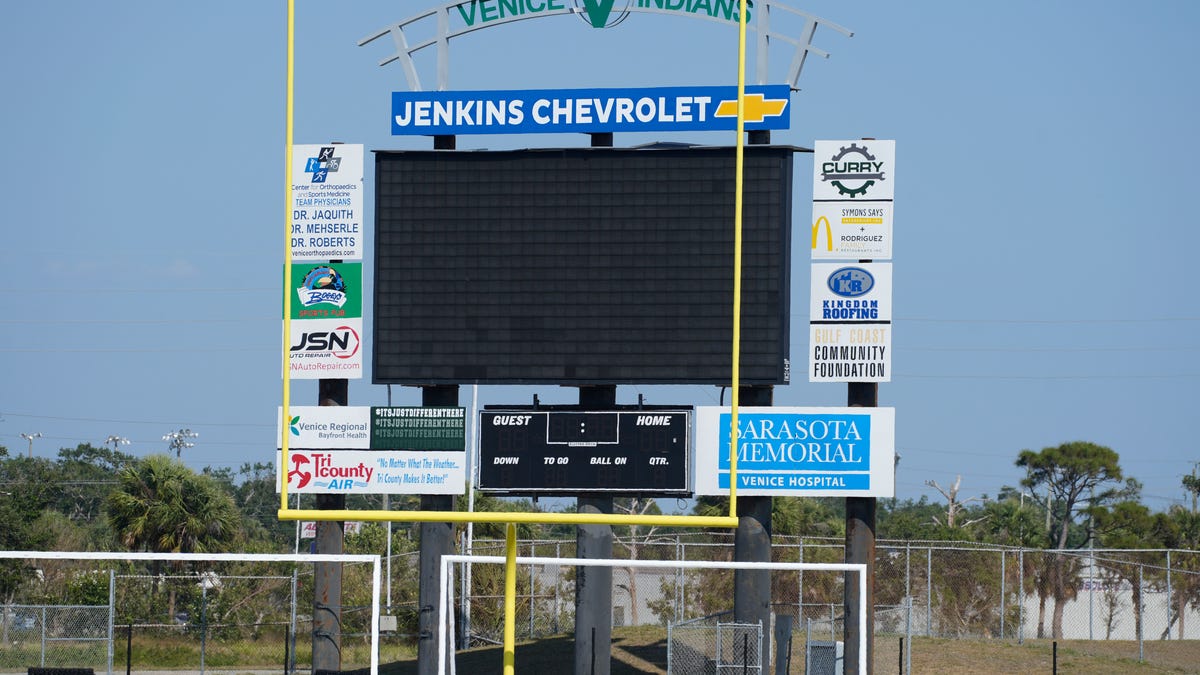Amidst power outages, an energy crisis, and widespread shortages, Cuban sports authorities have announced as a “serious goal” the construction of a beach volleyball stadium in Varadero, one of the country’s main tourist destinations.
The information was released by the official newspaper Girón and confirmed during the first stop of the Beach Volleyball Circuit of the North, Central America, and Caribbean Confederation (Norceca), which is taking place in Varadero.
The three-time Olympic champion Mireya Luis, currently the vice president of the Cuban Volleyball Federation and the general director of the event, stated that the project has the support of the local government, the Ministry of Tourism, and other entities connected to the sport.
“It is a serious goal. We have planned the project with all the necessary requirements,” stated the former player, referring to the intention to build a permanent facility to replace the current temporary structures used each year during the tournament.
The Barceló Solymar Arenas Blancas Hotel has been a regular venue for the event, but its temporary stands only allow for the attendance of a few dozen spectators.
According to Mireya Luis, a stadium with increased capacity would benefit not only the event itself but also the training of the athletes and the prestige of the regional competition.
Mireya Luis herself celebrated the current performance of the Cuban pairs, with one of them ranked among the top ten in the world.
However, she acknowledged that beach volleyball needs stable conditions to grow: “We never stop dreaming about the growth of the tournament,” expressed the former leader of the Morenas del Caribe, Olympic champions in Barcelona 1992, Atlanta 1996, and Sydney 2000.
According to the Norceca circuit schedule, Varadero will not only host the inaugural stop of 2025, but it will also be the venue for the final phase in October.
Although the event promotes Cuba internationally as a sports and tourist destination, the construction of a new stadium during times of scarcity opens a new front for debate regarding government priorities and the use of public resources.
The decision contrasts with the serious situation of the national electrical system, affected by recurrent failures in thermal power plants, lack of maintenance, and a shortfall of investments in critical infrastructure.
On social media, numerous users have questioned the initiative, claiming that government funds and attention should be directed towards resolving power outages, improving transportation, supplying hospitals, or ensuring food and medicine, instead of building a facility for an annual event.
Odalis Altamirano expressed, “What we need is a thermoelectric plant to provide service to the province of Matanzas, which does experience power outages. But of course, Varadero doesn’t feel it, only during the few moments of energy collapse. They keep wasting money and don’t think about the average Cuban who can’t even afford the luxury of going to Varadero.”
Greisy Rodríguez Delgado quipped: “Odalis Altamirano, with what they raise in that stadium, will invest in the SEN, you’ll see. That has yielded a lot of results; just look at how stocked the sales points and service centers are.”
The profound decline in housing construction in Cuba is an unmistakable sign of the economic and social collapse facing the country: in 2024, fewer houses were built than in the worst years of the Special Period, underscoring the sustained failure of the State to address one of the most basic needs of the population.
The data was revealed by Cuban economist Pedro Monreal in an analysis published on the social network X, based on the official report titled “Construction in Cuba. Selected Indicators. January-December 2024. May 2025 Edition,” issued by the National Office of Statistics and Information (ONEI).
According to official figures, investments in business services, real estate activities, and rental services reached 24.907 billion Cuban pesos (CUP) in 2024, making it the primary destination for capital expenditure in the country.
This is in addition to 11,936.5 million CUP allocated to hotels and restaurants, bringing the total investment in activities closely related to tourism to over 36.8 billion pesos.
These figures intensify the debate about the persistent priority that the Cuban regime gives to tourism, despite the prolonged stagnation of the sector and the severe shortages that the population faces in fundamental areas such as public health and food production.
In this same regard, in 2024, official data on investment in Cuba during the first half of that year reignited the debate about the allocation of resources on the island, particularly the Cuban regime’s insistence on investing in the tourism sector at the expense of fundamental sectors such as health and social assistance.
According to the ONEI report, from January to June 2024, the regime allocated nearly 40% of its investments to activities related to tourism, whereas investment in Health and Social Assistance is 14 times lower, a fact that has been heavily criticized by economic experts, such as Cuban economist Pedro Monreal.
Frequently asked questions about the construction of the beach volleyball stadium in Varadero
Why is the construction of a beach volleyball stadium being proposed in Varadero?
The aim is to create a permanent installation to replace the current temporary structures used during the annual Norceca Beach Volleyball Circuit tournament. The construction aims to increase capacity to enhance the show, support the athletes’ preparation, and elevate the prestige of the event. However, the decision has sparked controversy amid the ongoing energy and economic crisis in Cuba.
What are the criticisms regarding the construction of the new stadium in Varadero?
Critics argue that resources should be allocated to address more urgent issues, such as blackouts, the lack of maintenance of critical infrastructure, and the shortage of food and medicine. Many question the government’s priority in investing in a stadium at a time of severe economic and energy crisis.
How does Cuba’s energy situation affect this initiative?
The energy crisis in Cuba, characterized by blackouts and a lack of maintenance in thermal power plants, makes the construction of a beach volleyball stadium seem like a questionable investment. The population endures prolonged electricity outages, while the government prioritizes projects that do not address basic infrastructure issues.
What impact does the economic crisis have on Varadero as a tourist destination?
Varadero, despite being one of the main tourist hubs in Cuba, faces significant deterioration due to a lack of maintenance and investment. The economic crisis has led to a decrease in tourist arrivals, and the current conditions of hotel infrastructures have been criticized, impacting the perception of Varadero as a quality destination.




















































































